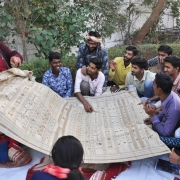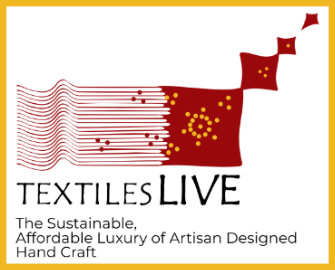 We have a steady stream of visitors who make the pilgrimage to Adipur because they are concerned with craft. Concern is vital. Yet I can’t help asking a nagging question: Why Craft? What is the concern?
We have a steady stream of visitors who make the pilgrimage to Adipur because they are concerned with craft. Concern is vital. Yet I can’t help asking a nagging question: Why Craft? What is the concern?
I recently participated in two very different but equally compelling conferences, The Values of Craft, at Erasmus University in Rotterdam; and Beyond Change: Questioning the Role of Design in Times of Global Transformations, at FHNW Academy of Art and Design, Basel.
I came away stimulated with more questions than Why Craft?
What is craft today? What is design today? What is knowledge, and what is skill?
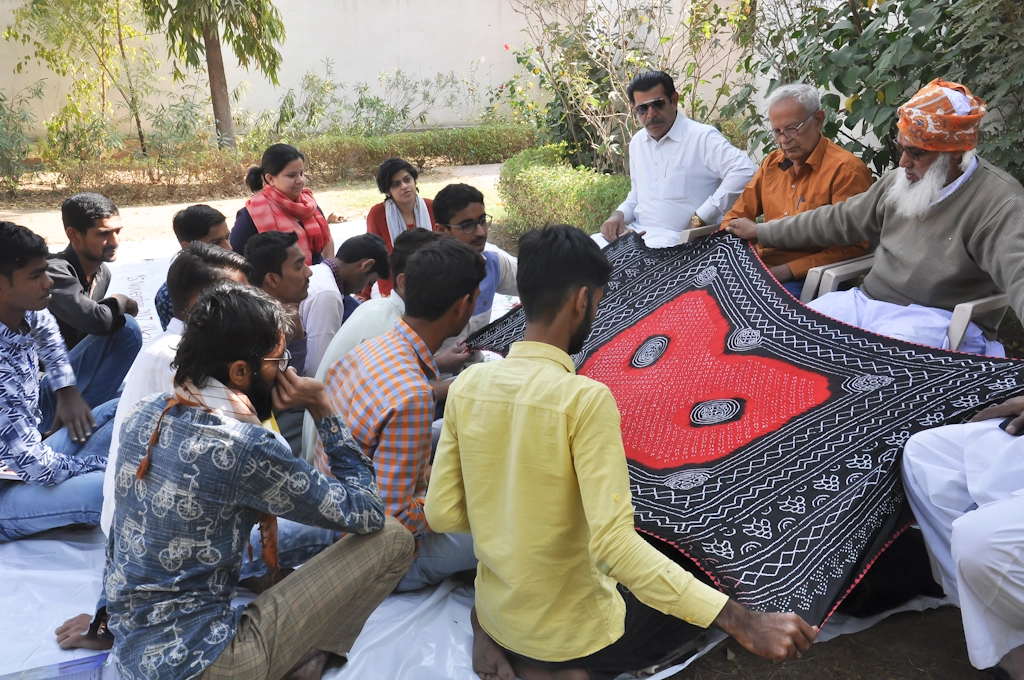
The initial keynote at Beyond Change was “Are We Human?” The final keynote was ”Landscape-Scale AI and the Question of Agency.” At the conclusion of the latter presentation, the professor, discussing intelligence beyond life as we know it, said that the green tree toad does not know- or care- that he is the totem of a tribe. Instantly, came a protest: “How do you know that?”
And I felt like I had surfaced to gasp a breath of air.
The questions of the values of craft and the role of design converged: In a world of increasing de-personalization, craft is all about soul, and meaning. Design can guide craft to realize an identity as an emerging luxury by virtue of its personal, human character. Craft can re-personalize.
Soul has to be the reason to care about craft.
And this is why artisans need to be able to create, and not simply produce.
I have long thought that the two keys to the success of our program of design education for artisans are sustained input and local orientation. I now add a third: a clear goal for the program– developed with the participants’ perspective.
Therein is a catch 22, the dilemma of education: students must find the education they receive relevant. But they can only imagine from their experience- pre-education. So how to create mutually concurred goals?
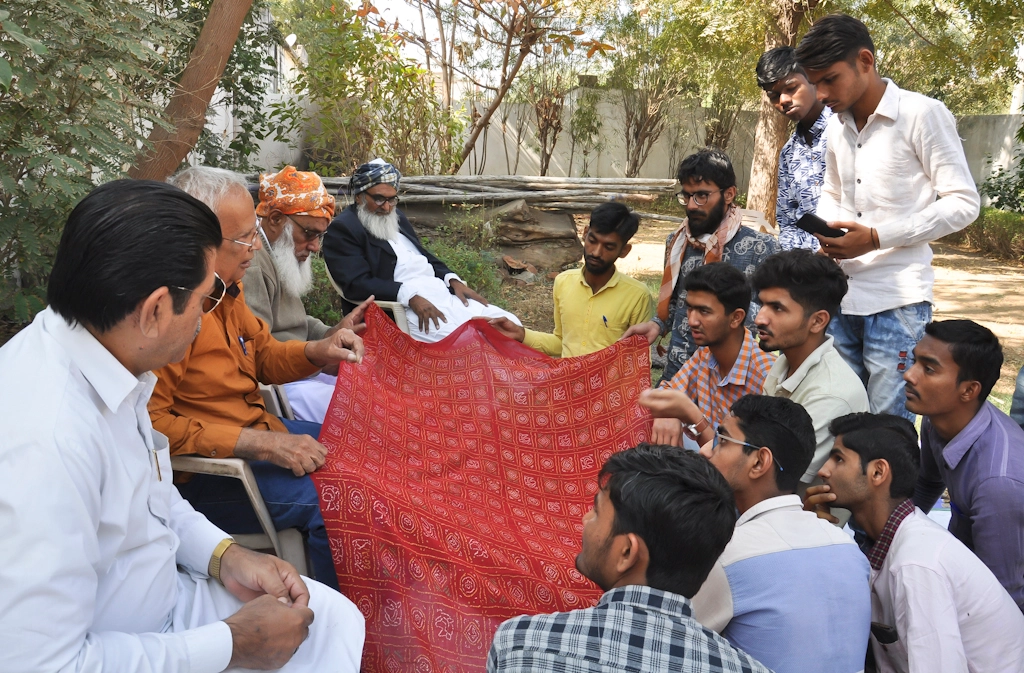
We have worked out the program so far with the guidance of master artisan Advisors, and graduates. But last month we met with design graduates to check back and learn from them how artisans, as creators and not just producers- Artisan Designers define success.
“Success is achieving goals,” Dayabhai said. “You need a goal. You need to know your capacity, what is good for you.
“Success is decision making power.” Purshottambhai agreed. “You have to be clear, capable, and target your market.”
“Success is using your creativity,” Prakashbhai said.
“We confidently know good design,” Rajeshbhai added.
Dayabhai elaborated on this. “We now have own concepts and identity,” he explained. “We know how to take feedback.”
To this Pachanbhai added, “Everyone’s work is unique. Besides knowing your USP, you have to be able to articulate it. We can talk to our customers now. Success is having a voice.”
“If you don’t value your work, your customer won’t,” Puroshottambhai echoed. “And success is being able to take responsibility.”
Strikingly, not one artisan spoke of success in terms of money.
“My early goal was money,” Dayabhai explained. “My goal was to educate my children. Now, it is to be my own person. My son told me not to weave. Now people from all over the world come to my house, so I have value. It’s not just money.”
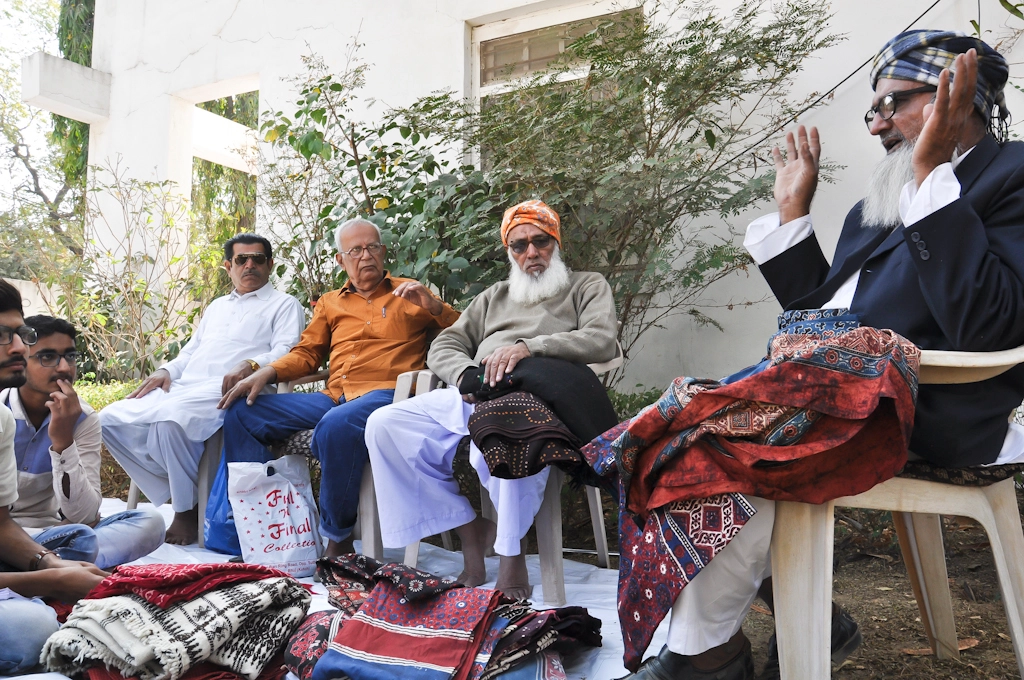
Namoribhai shared his experience. “You need design and business to get full value. New design at home has no value. You need to know when and where to sell. And business without design is no use. If you have both design and business you can answer the question: ‘Why is it expensive?’”
I asked if their goals had changed because of design and business education?
Prakashbhai laughed. “Before the course, we had no goals!” he said.
“At least I was interested in weaving. If a weaver is not interested in weaving, how could you interest him?”
“Previously there were no choices,” Dayabhai concluded. “Now, weavers who continue their tradition do it by choice. What we can do is share our experience with the next generation. Now we can think of the benefit to our community.”
Our clear goal is to make a discussion like this possible. We re-imagine traditional systems, where master artisan advisors teach students about traditions, weavers and dyers work together, and artisan designers connect directly to markets.
We provide a space to make goals, to create and develop a unique expression- so that artisans infuse craft with its invaluable soul.

